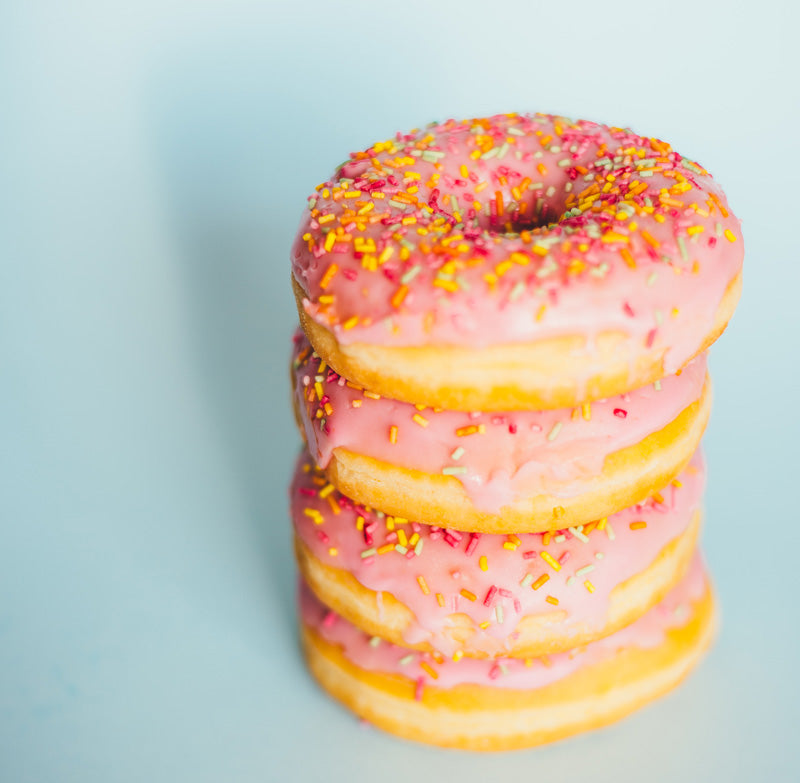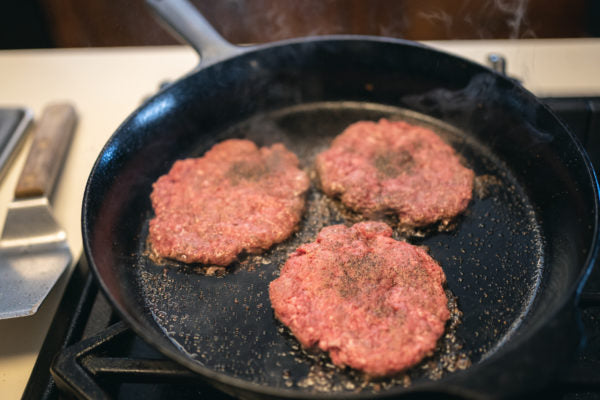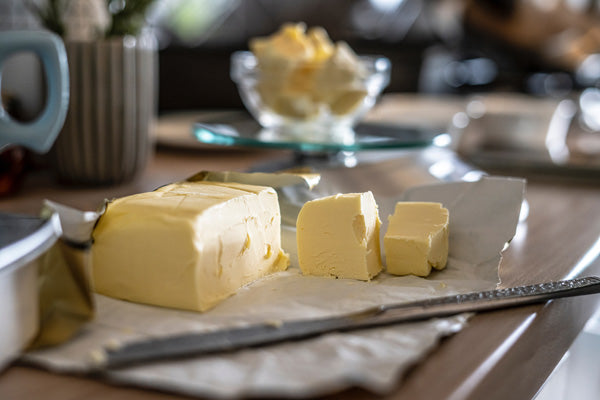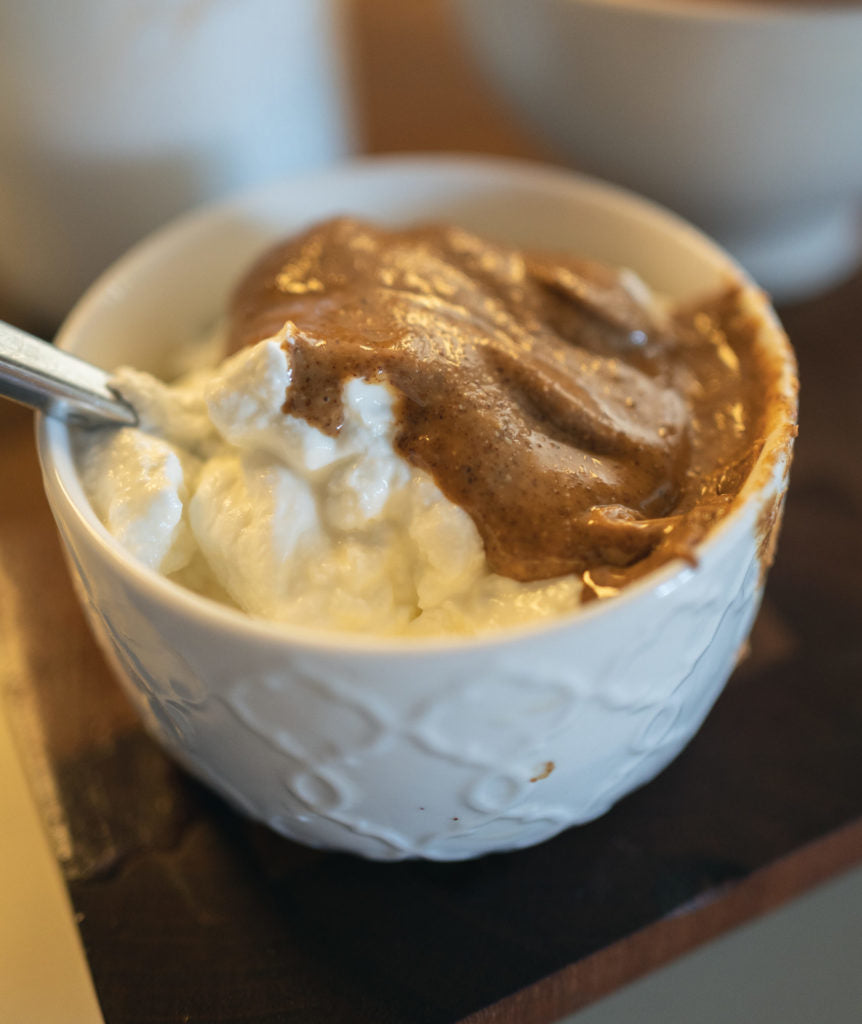ANIMAL FATS: THE COMPLETE GUIDE
ARE ANIMAL FATS GOOD FOR YOU?

This has been shown repeatedly in studies over the past couple of decades to be a false claim. But the damage has been done, and this FAT phobia is still deeply engrained in our thinking. The war against FAT is a strong one and it is NOT supported in science and how it can help you feel and look.

HOW ANIMAL FATS WORK IN OUR BODY

THE FATTY ACID STRUCTURE
WHAT ABOUT CHOLESTEROL?

EXAMPLES OF ANIMAL FATS
LIST OF ANIMAL FATS AND FAT CONTENT

COOKING WITH ANIMAL FATS
HOW MUCH ANIMAL FAT SHOULD I EAT?
Common nutritional advice is to limit saturated or animal fats to around 10% of daily caloric intake. But the relationship between heart disease and saturated fat has so many variables that a clear cause and effect conclusion isn’t possible based on these studies’ design. Here is a good roundup if you’d like to read more on this topic.
Try our free Macro Calculator to learn more about your overall calories and see different macro recommendations based on your preferences.

